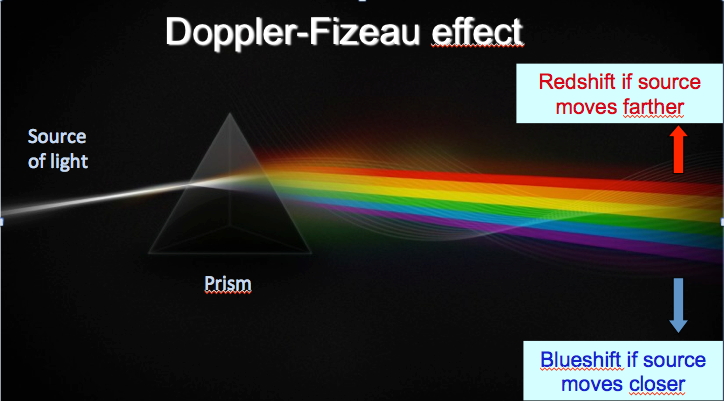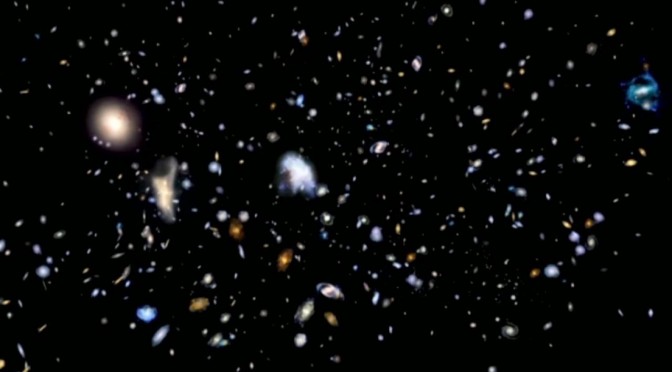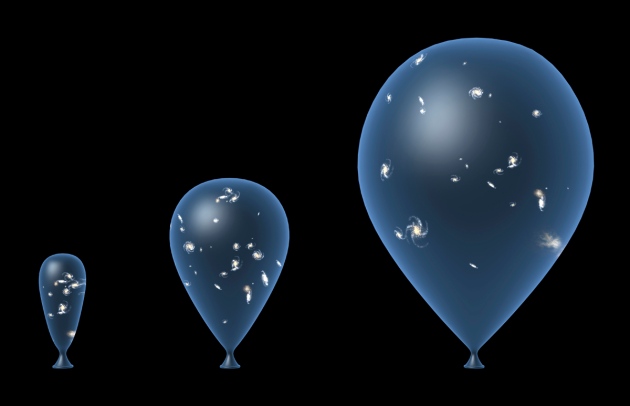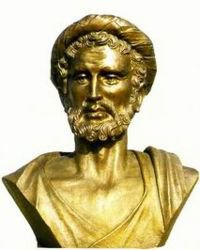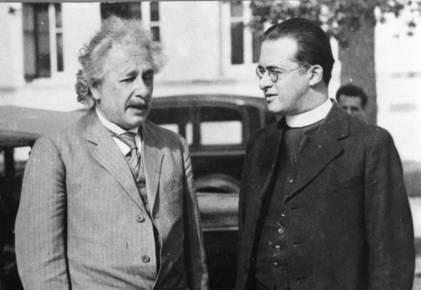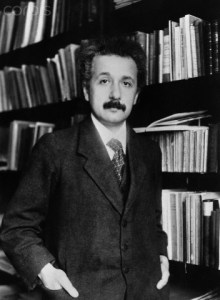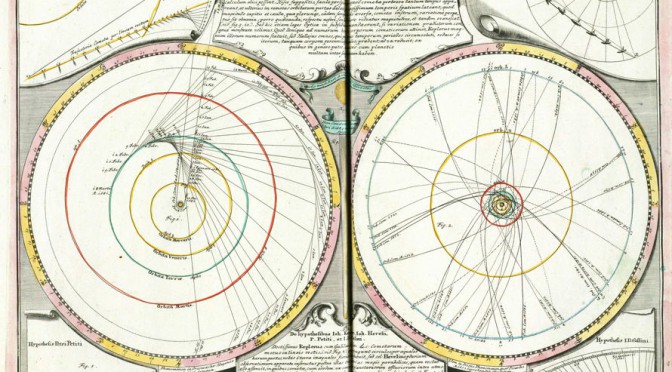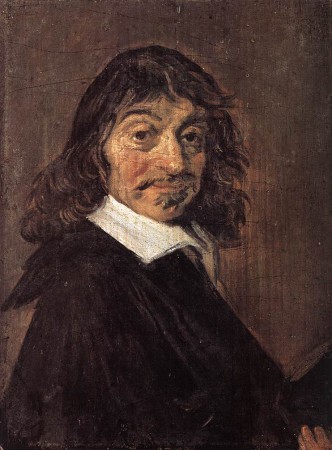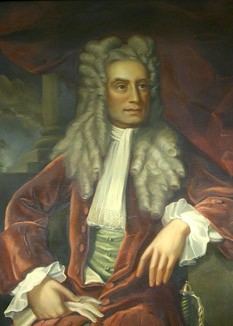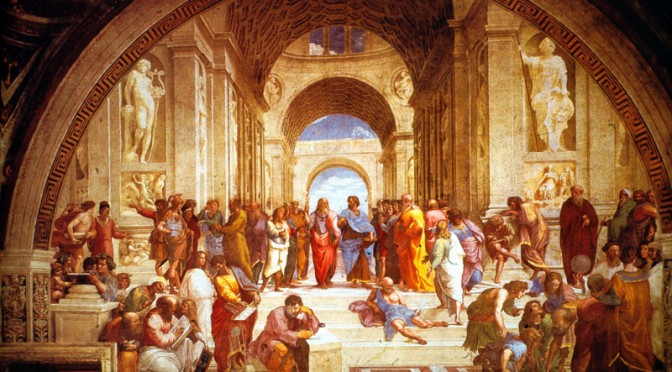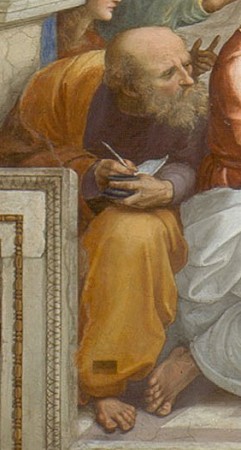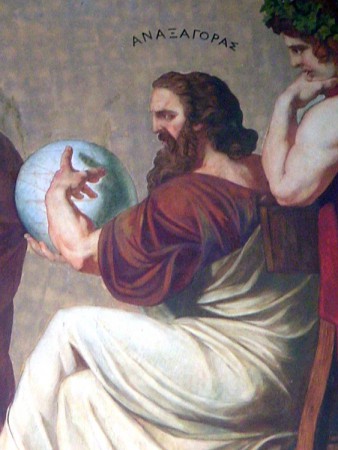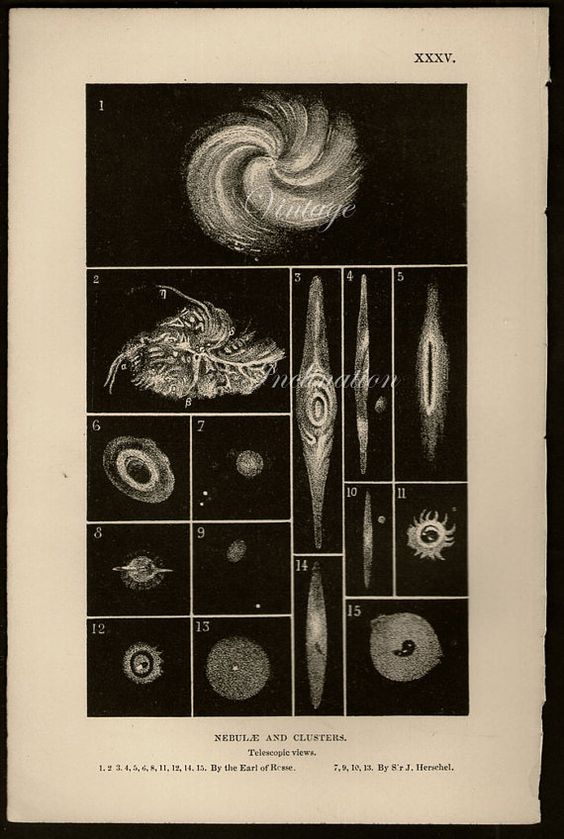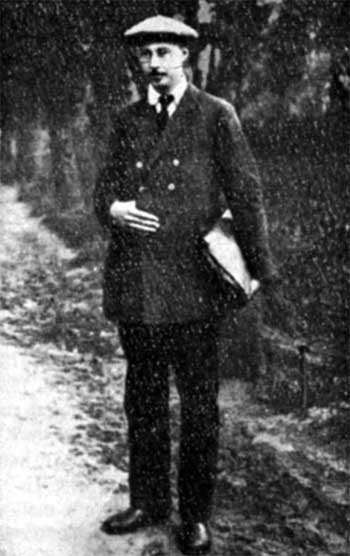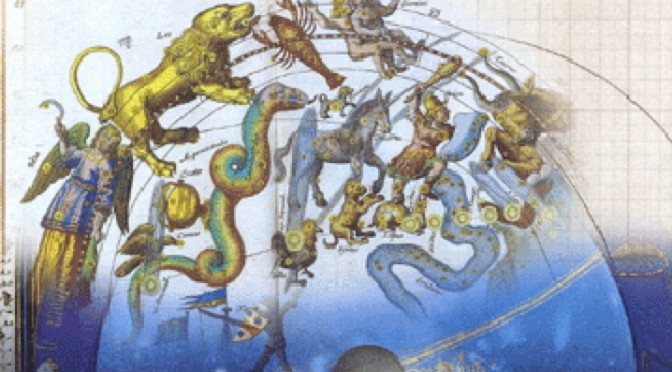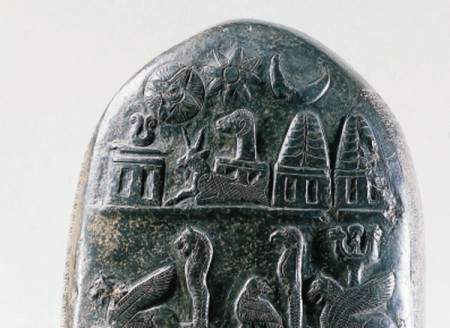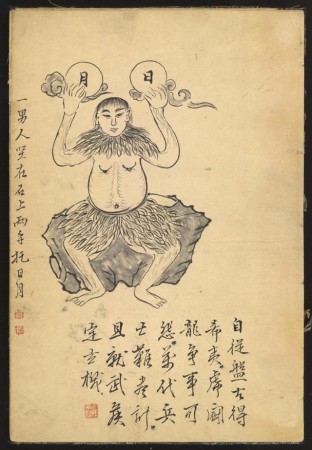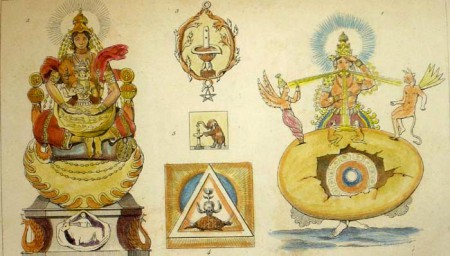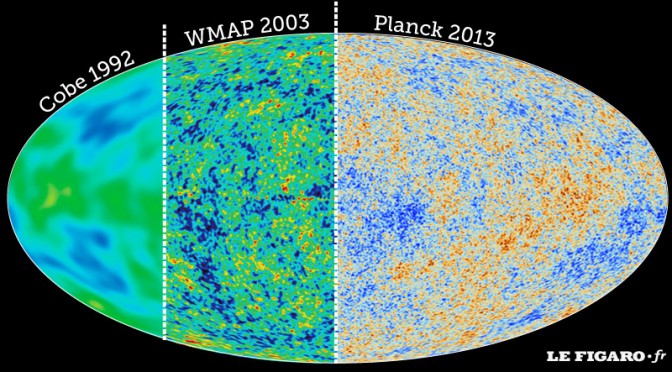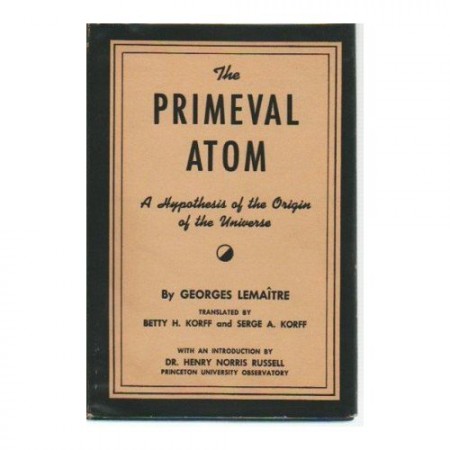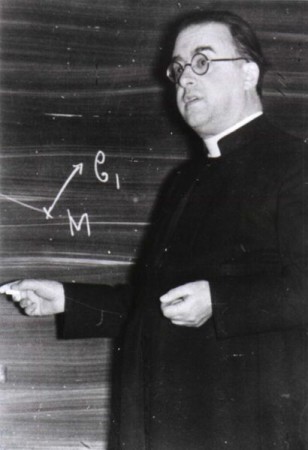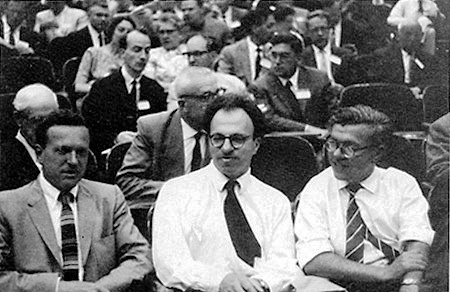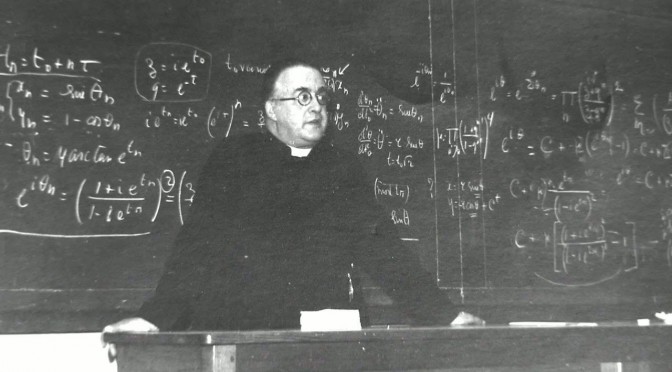The following is an excerpt from Chapter 4 and 5 of the book The Big Bang Revolutionaries: The Untold Story of Three Scientists Who Reenchanted Cosmology, by Jean-Pierre Luminet.
The book has received rave reviews including from three Nobel Prize winners.
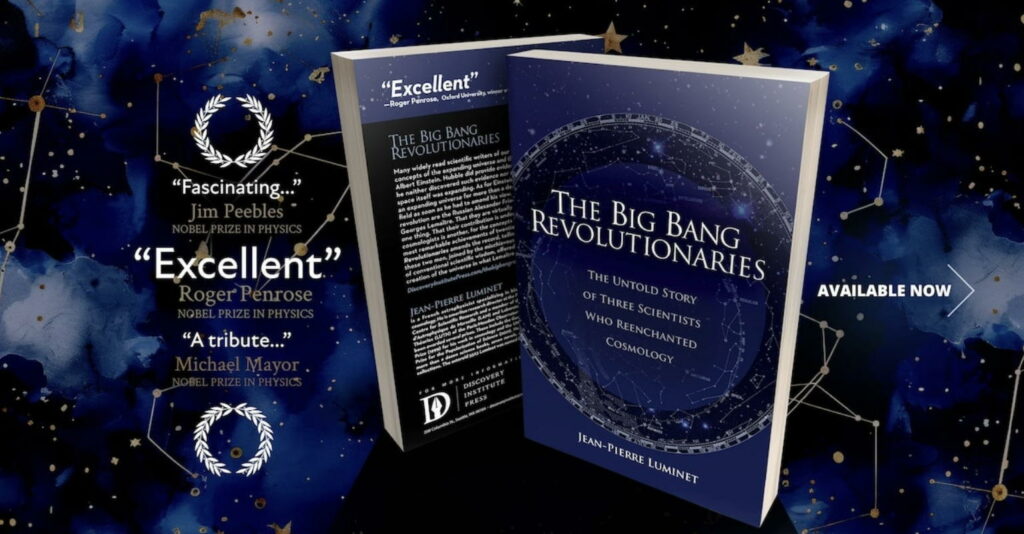
****
In 1922, Alexander Friedmann took the step that Albert Einstein had not been ready to take: if one abandons the hypothesis of a static universe, the relativistic cosmological problem comprises an infinite number of solutions in which the metric varies as a function of time. Friedmann wrote:
Thus begins this founding notice of non-static cosmology. Received on June 29, 1922, by the German journal Zeitschrift für Physik, it was published shortly afterwards.
Ahead of Its Time
Friedmann’s article was ahead of its time, as one can also see from the fact that anybody studying modern cosmology can immediately recognize its main equations. While the formulations of the various metrics (de Sitter’s as well as Friedmann’s) would later change to the unified form of Howard Robertson and Arthur Walker, the differential equations that govern the time development of a space of constant positive curvature have not changed one iota.
With his 1922 article, Friedmann introduced a scientific revolution of the same magnitude as the Copernican revolution. In pre-Copernican cosmology, space was centered on a very particular place, the Earth. In pre-Friedmannian cosmology, the universe was static, in the sense of not evolving. Friedmannian cosmology introduces the historicity of the universe as space-time, as well as the idea of a beginning.
His second major cosmological article appeared in 1924. In 1925, he was appointed director of the Leningrad Geophysical Institute. In the summer of 1925, in the company of the aviator P. F. Fedosenko, he beat the altitude record in a stratospheric balloon, rising to 7,400 meters.
Friedmann died suddenly in Leningrad on September 16, 1925, from typhoid fever, at the age of thirty-seven. In 1931, he was posthumously awarded the Lenin Prize for his outstanding scientific work.
In Search of a Lost Tomb
Friedmann is buried in his hometown. An instructive anecdote is worth telling. The location of the Russian scientist’s grave was quickly forgotten, especially since the Stalinist regime that followed was hardly inclined to perpetuate the memory of this renowned “creationist” scientist. In 1988, the Alexander Friedmann Laboratory of the University of St. Petersburg (then called Leningrad State University) decided to organize the first “A. Friedmann International Seminar in Cosmology” to honor the centenary of the scientist’s birth. The director of the Friedmann Institute, my friend Andrey Grib, had the idea of a search for Friedmann’s tomb, planning a small commemorative ceremony in which admirers from various countries would participate. A venerable professor at the Institute of Physics and Technology in St. Petersburg and a former PhD student of Friedmann, Georgy Grinberg, remembered having attended the funeral of the scientist at the Smolenskoye Cemetery, and that the cosmologist’s grave was close to that of the great mathematician Leonhard Euler.
Grib therefore asked one of his students, Mihail Rosenberg, to go to the cemetery to locate the tomb — even hinting that this task would be recognized as part of his thesis work. When Rosenberg went to the cemetery and asked to consult the register of all the people buried here, the authorities replied that they had no information from prior to World War II. Rosenberg then asked to see the tomb of Leonhard Euler. After the war, he was told, Euler’s remains were transferred to another cemetery. There remained at least the old location, which the authorities indicated to him. Rosenberg explored the surroundings but found no evidence of Friedmann’s presence. He then began to quarrel with the authorities: How can the records have disappeared? At this point, an attendant approached and inquired about the dispute. The director of the cemetery replied that the student was looking for a certain “Friedmann.” “Which Friedmann,” asked the employee, “the one who discovered the non-static cosmological solution to Einstein’s equations?”
“Yes, yes,” exclaimed the student.
“Well, come with me, I’ll show you!”
This is how the cosmologist’s grave was discovered. The cemetery employee was none other than a former physicist who’d had to leave his research institute for lack of funds.
****
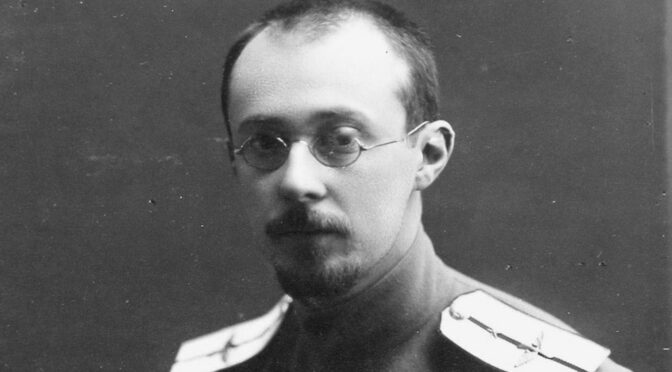
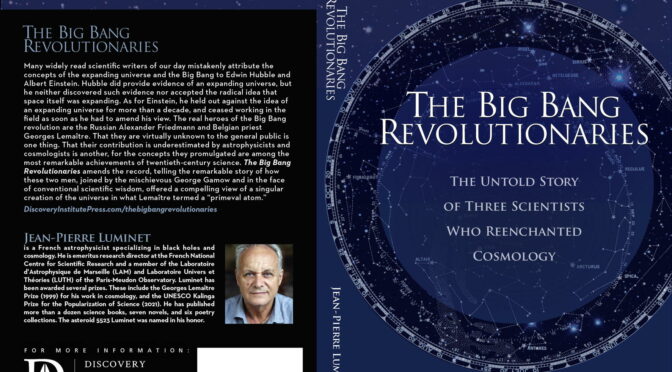

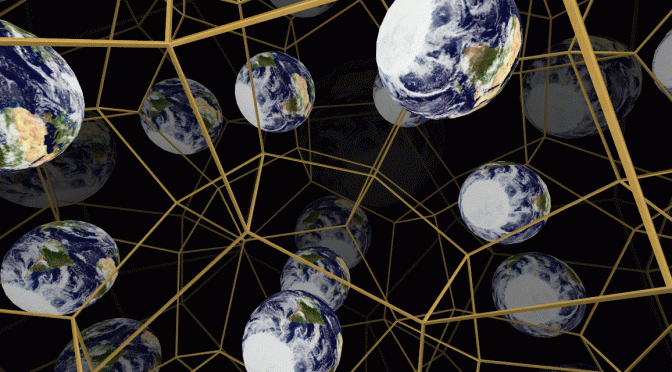
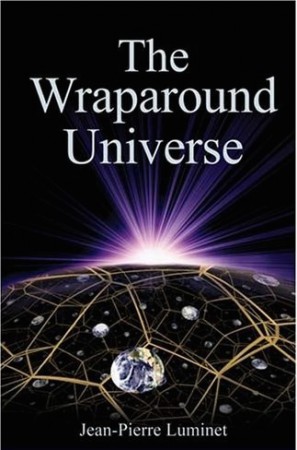
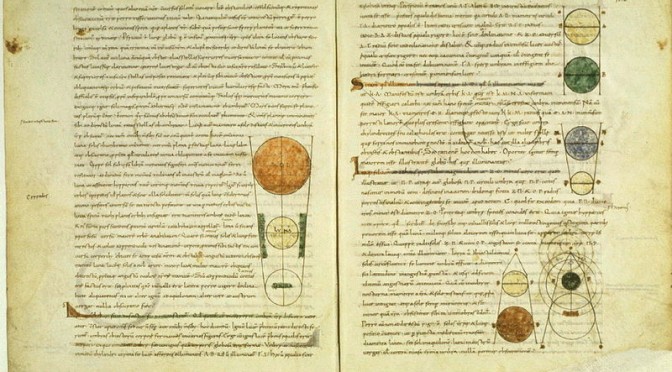
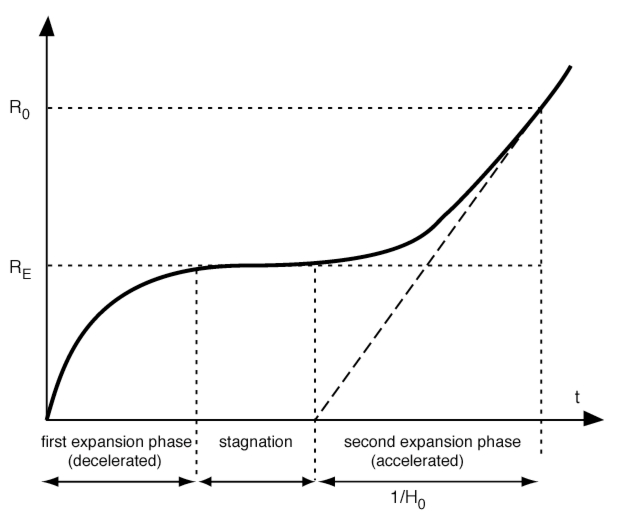
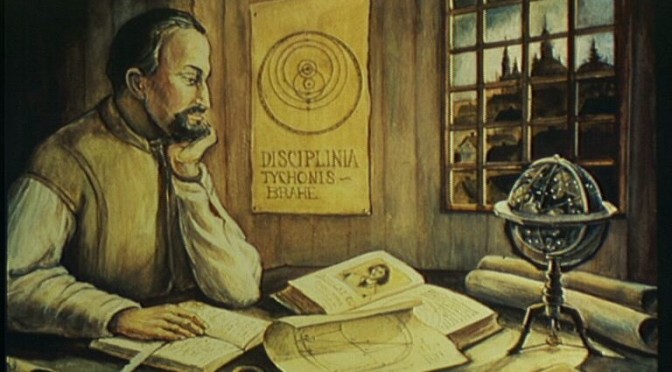
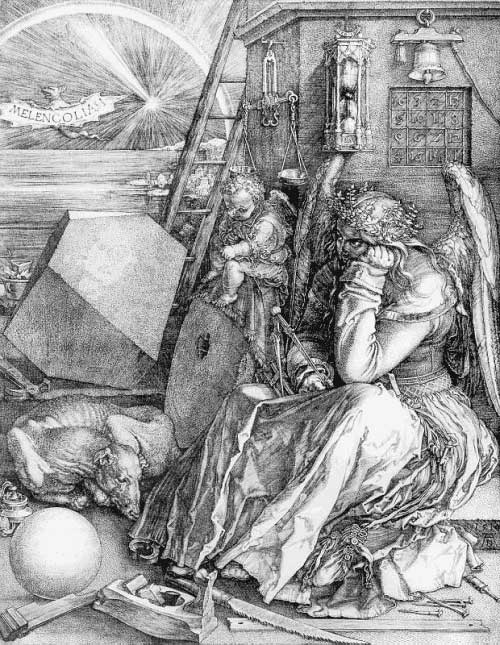
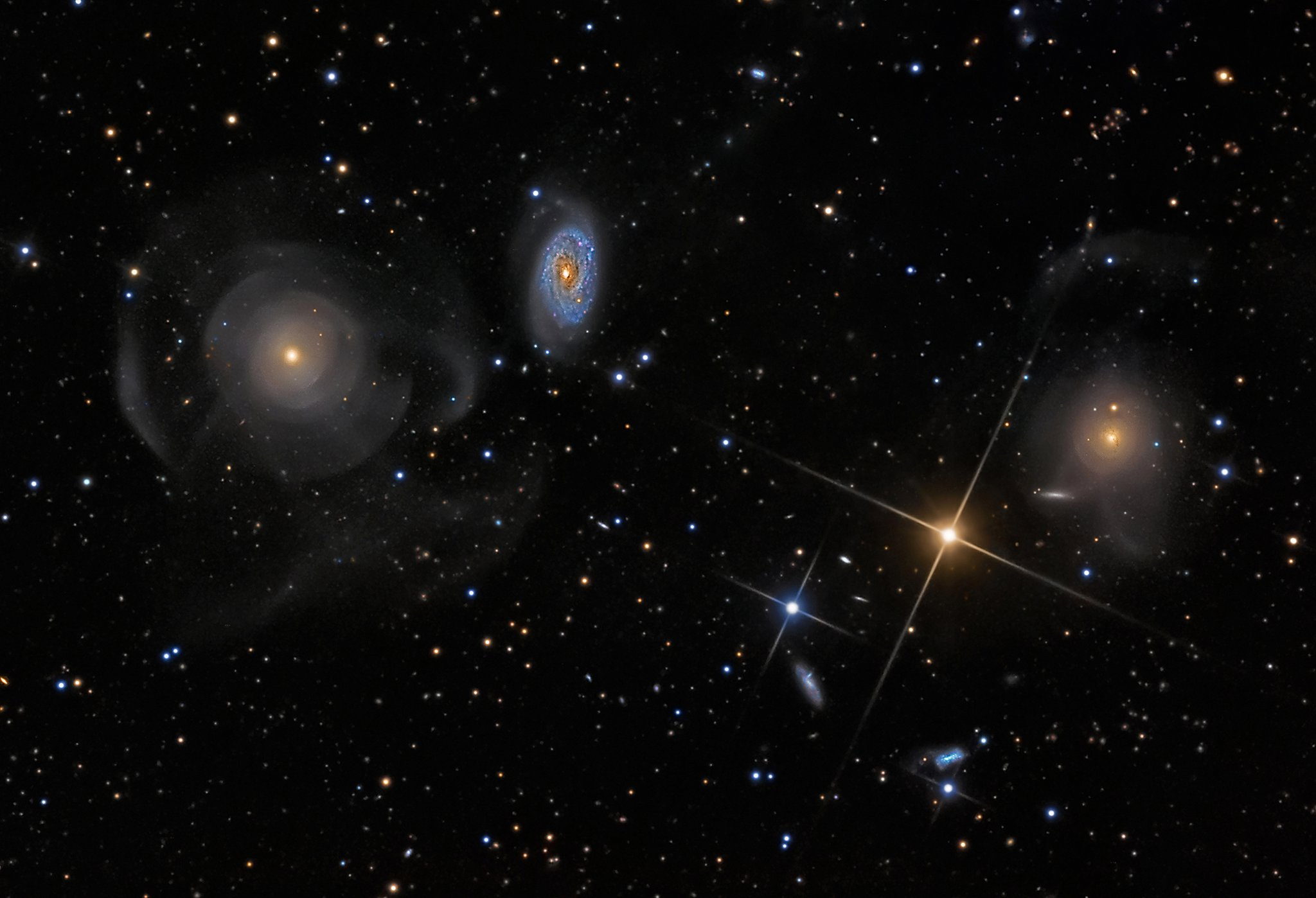
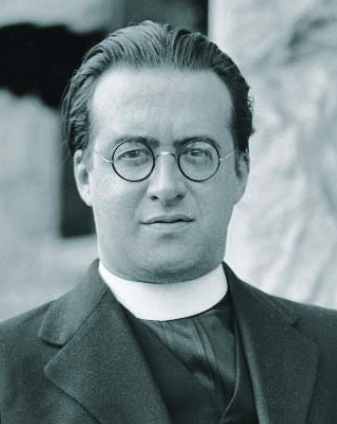

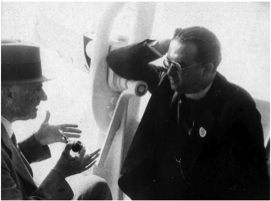
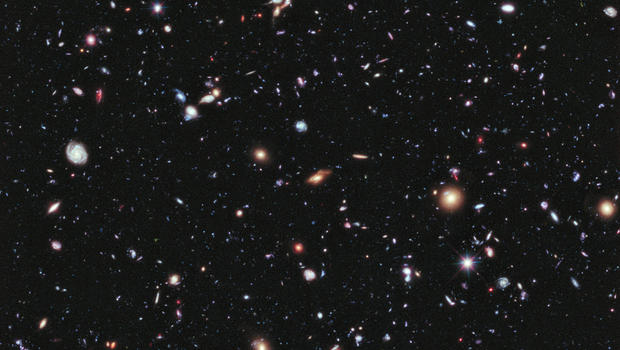
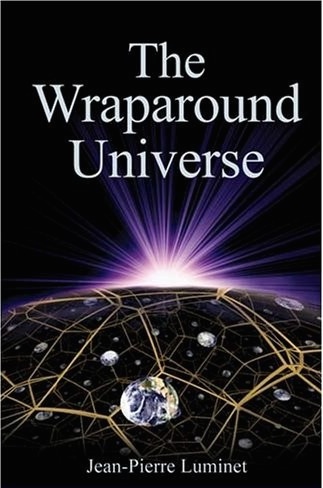 This post is an adaptation of a chapter of my book “
This post is an adaptation of a chapter of my book “
